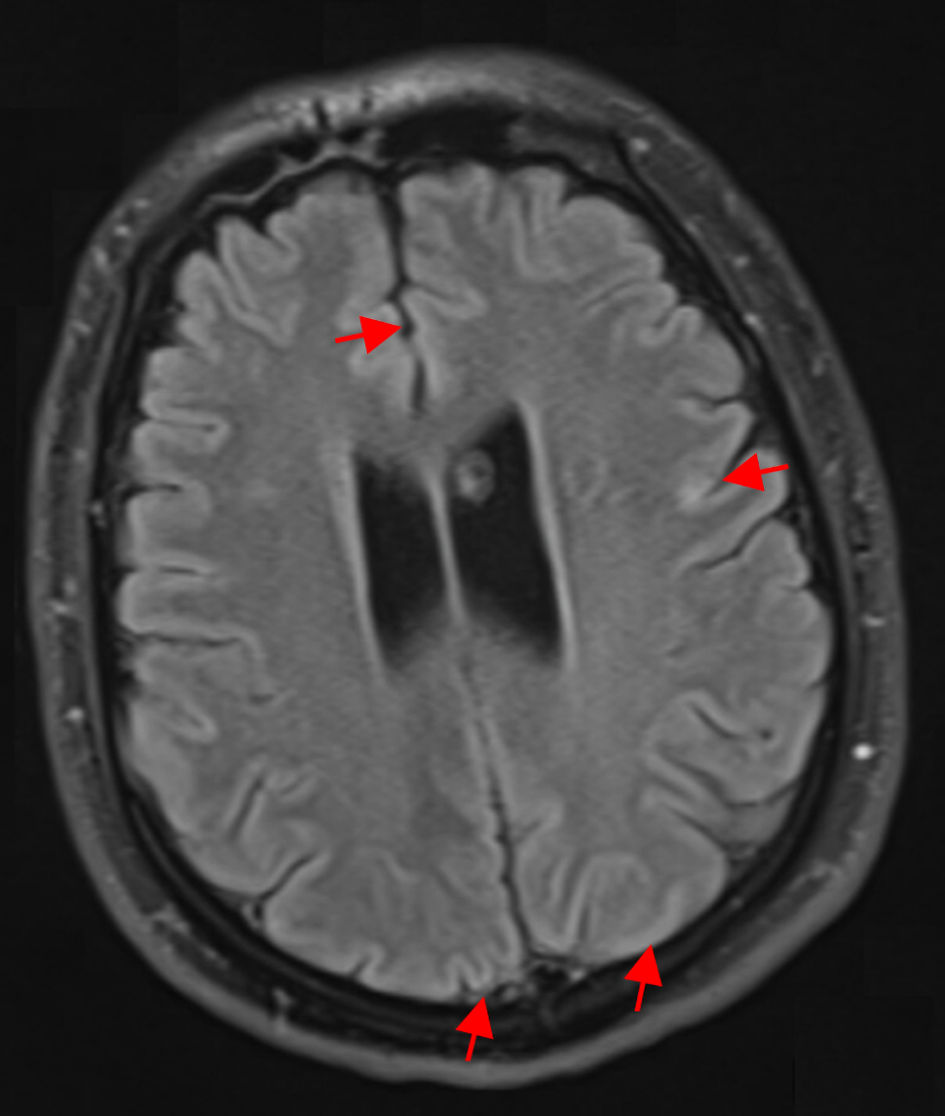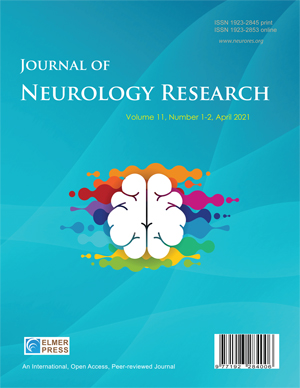Atypical Presentation of Herpes Simplex Virus Type 1 Meningoencephalitis With Nonclassical Imaging in a Young Adult
DOI:
https://doi.org/10.14740/jnr1033Keywords:
HSV-1, Meningoencephalitis, Atypical MRI, Cortical ribboningAbstract
Herpes simplex virus type 1 (HSV-1) is a leading cause of viral meningoencephalitis. Clinical management requires timely diagnosis and treatment, yet early detection can be hindered by atypical imaging and antiviral resistance with rapid neurological decline. We report a case of a 35-year-old previously healthy man, who developed subacute headache, fever, and altered mental status following recent travel. Initial cerebrospinal fluid (CSF) analysis showed elevated protein and red blood cells without significant pleocytosis. Repeat lumbar puncture (LP) returned positive HSV-1 polymerase chain reaction (PCR) and elevated opening pressures. Despite empiric antiviral therapy and intravenous immunoglobulin, his condition rapidly deteriorated requiring intubation, lumbar drainage, and hypertonic therapy. Magnetic resonance imaging (MRI) showed cortical ribboning on diffusion-weighted imaging (DWI) and fluid-attenuated inversion recovery (FLAIR) sequences without classical frontotemporal involvement. Initial treatment resistance and suspicion for autoimmune encephalitis prompted early initiation of plasma exchange, intravenous immunoglobulin and steroids. Despite aggressive management, the patient progressed to septic shock and multiorgan failure, ultimately transitioning to comfort care. This case highlights the diagnostic and therapeutic challenges in HSV-1 meningoencephalitis with atypical imaging, nonclassical CSF findings, and lack of response to multimodal treatment regimes. It underscores the importance of maintaining a broad differential, initiating early empiric therapy, and integrating serial imaging and repeat diagnostics in cases of rapid neurological decline. Early consideration of autoimmune encephalitis and timely immunotherapy may be warranted when clinical features are ambiguous. HSV-1 encephalitis should remain high on the differential even when classical radiographic and laboratory markers are absent.

Published
Issue
Section
License
Copyright (c) 2025 The authors

This work is licensed under a Creative Commons Attribution-NonCommercial 4.0 International License.







